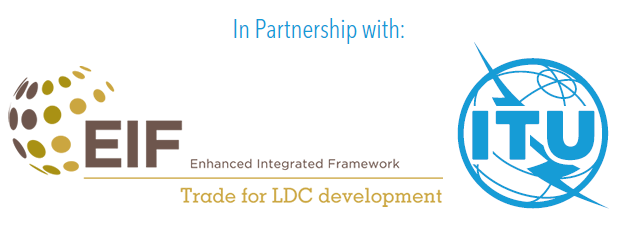4.2 Institutionalized coordination between digital policies and gender
Gender mainstreaming practices reported few institutionalized coordination mechanisms around gender in digital policies. These mechanisms are presented in Table 12.
Table 12: Government coordination mechanisms in gender policies (by region)
| ITU region | Coordination and collaboration |
| Africa | Collaboration with international organizations to implement practices (e.g., UNESCO, UN Women, UNFPA, UNICEF, ITU) |
| Americas | National Council for the Coordination of Social Policies; Institutionalized gender-focused inter-ministerial coordination mechanism (a technical committee with the participation of ministries in charge of education, science, and women and gender equity) |
| Arab States |
National Council of Women; National Inter-Sectoral Gender Strategy |
| Asia and the Pacific |
Coordination and consultation across government institutions |
| Commonwealth of Independent States |
Collaboration with international organizations such as ITU to implement projects/programmes |
| Europe |
Collaboration at the multilateral level (e.g., EQUALS) and at the bilateral level (e.g., with governments of countries interested in implementing similar projects/programmes |
Connection between ministries in charge of digital policies and the ministry in charge of gender (or, in its absence, the national institution acting as focal point for gender issues) takes the shape of an inter-ministerial committee, a working group, etc. Chile’s Inter-ministerial Committee on Gender Equality in ICT is an example of this type of collaborative governance.61 Such an institutionalized mechanism is not always available. For instance, in Burundi there are two individual instances, the National Commission for Information Society and the National Gender Council. In most cases, coordination and consultation across government institutions takes place but it is not necessarily an institutionalized process. Furthermore, collaboration between government institutions and international organizations is also frequent during the implementation of gender mainstreaming practices.
This finding is aligned with ITU data confirming that mechanisms of collaboration with the ICT regulator are very limited; collaboration is required by law or in the mandate of the regulator in only 4 per cent of cases.62 Furthermore, the average score of national collaborative governance is 15.77, which includes cooperation among ICT bodies and cooperation with other sector agencies such as the ministry in charge of education, compared to the maximum score registered of 29.63.

